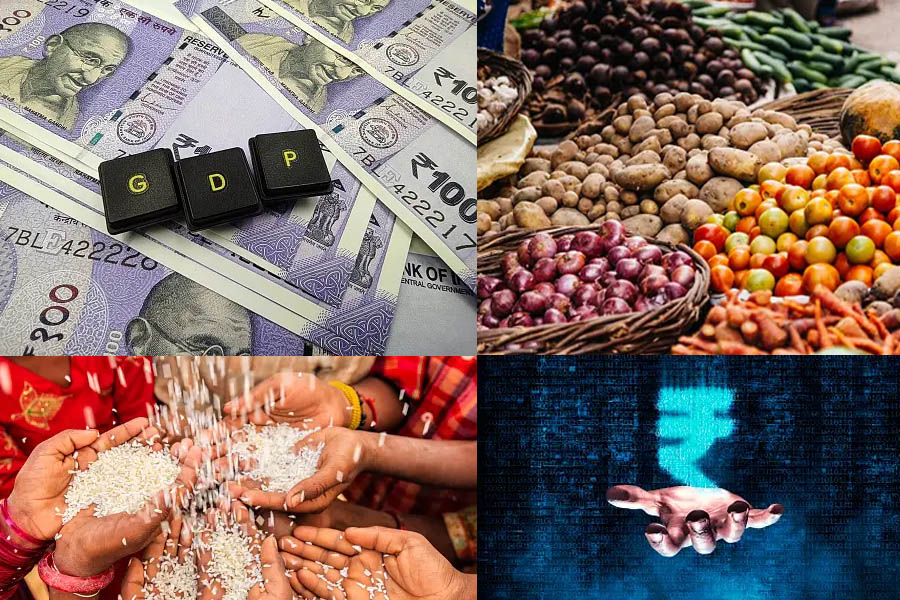
As India braces itself for the world's largest election in April, Narendra Modi, the country's Prime Minister since 2014, stands at a crucial juncture in his political career. The Vibrant Gujarat Global Summit showcased India's optimistic economic outlook, with a growth rate of 7.6% in the 12 months to Q3 2023, surpassing expectations. As Modi seeks a third term, his economic management becomes a focal point. Let's dissect the achievements and challenges encapsulated in Modi's economic legacy.
The Economic Landscape
While global growth faces headwinds, India continues to thrive, with a projected growth rate of 6% or more in the coming decade. However, the narrative goes beyond headline figures. Modi inherited challenges—a twin balance-sheet crisis, global economic slowdown, and the COVID-19 pandemic—that shaped the trajectory of India's growth.
Formalization, Ease of Doing Business, and Manufacturing Boost
Modi's economic objectives centered on formalizing the economy, improving the ease of doing business, and boosting manufacturing. Demonetization in 2016, despite being controversial, accelerated digitization, laying the foundation for a formalized economy. The introduction of a national goods and services tax (GST) in 2017 further streamlined payments and tax systems, enhancing the ease of doing business. However, Modi's ambition to industrialize the economy faces hurdles, with manufacturing's share declining from 18% to 16%.
Poverty Alleviation through Welfare and Digitization
Digitization initiatives under Modi, coupled with demonetization, transformed India's digital landscape. The government's push for financial inclusion resulted in most retail payments going digital. Welfare payments, delivered directly to bank accounts, significantly improved poverty alleviation, with the poverty rate dropping from 19% in 2015 to 12% in 2021.
Private-Sector Investment Dilemma
Modi's tenure witnessed sluggish private-sector investment, a key area of concern. While industrial incentives, subsidy schemes, and infrastructure investments are in play, the manufacturing sector's contribution to GDP stagnates at 5%. Industrial policies, albeit costly, aim to attract foreign investments, but the full impact remains uncertain.
The Turning Tide: Private Investment and Future Implications
As Modi gears up for the election, signs of a potential turning point emerge. A report by Axis Bank indicates a likely upturn in the private-investment cycle, driven by healthy bank and corporate balance-sheets. Project announcements surged past $200 billion in 2023, the highest in a decade. Foreign firms express intent to invest, seeking to diversify from China.
Future Challenges and Optimism
While Modi's policies may take years to yield full results, the trajectory is critical. An investment boom could validate his approach, yet reliance on welfare payments may prove unsustainable for job creation. Building local governance capacity and sustaining real reforms are essential for long-term growth.
In the intricate dance of success and setbacks, Modi's economic legacy unfolds. The optimism among many Indians reflects a nuanced understanding of the changes their prime minister has wrought. As the nation heads to the polls, it does so with cautious optimism about the economic path ahead under Modi's leadership.